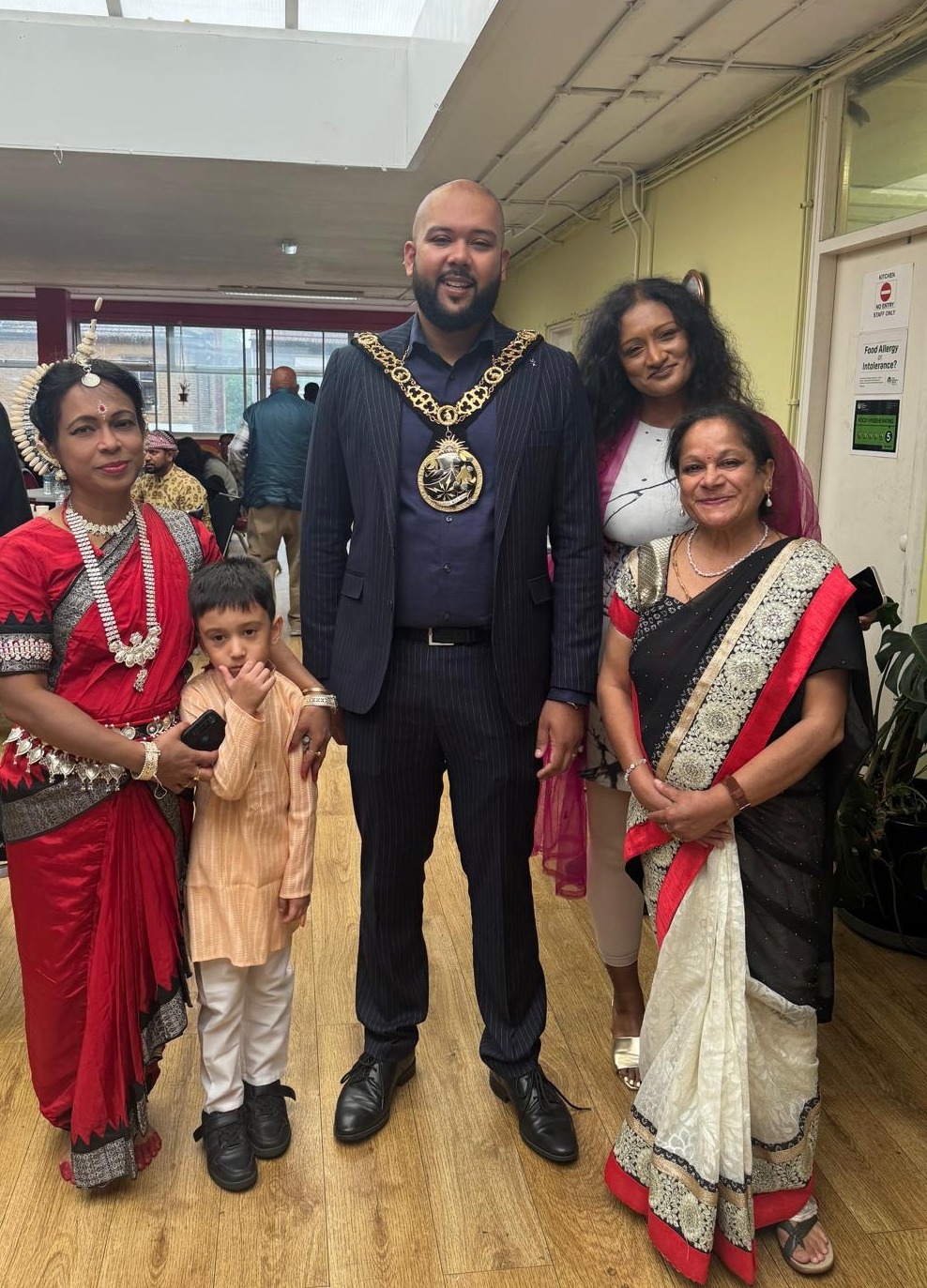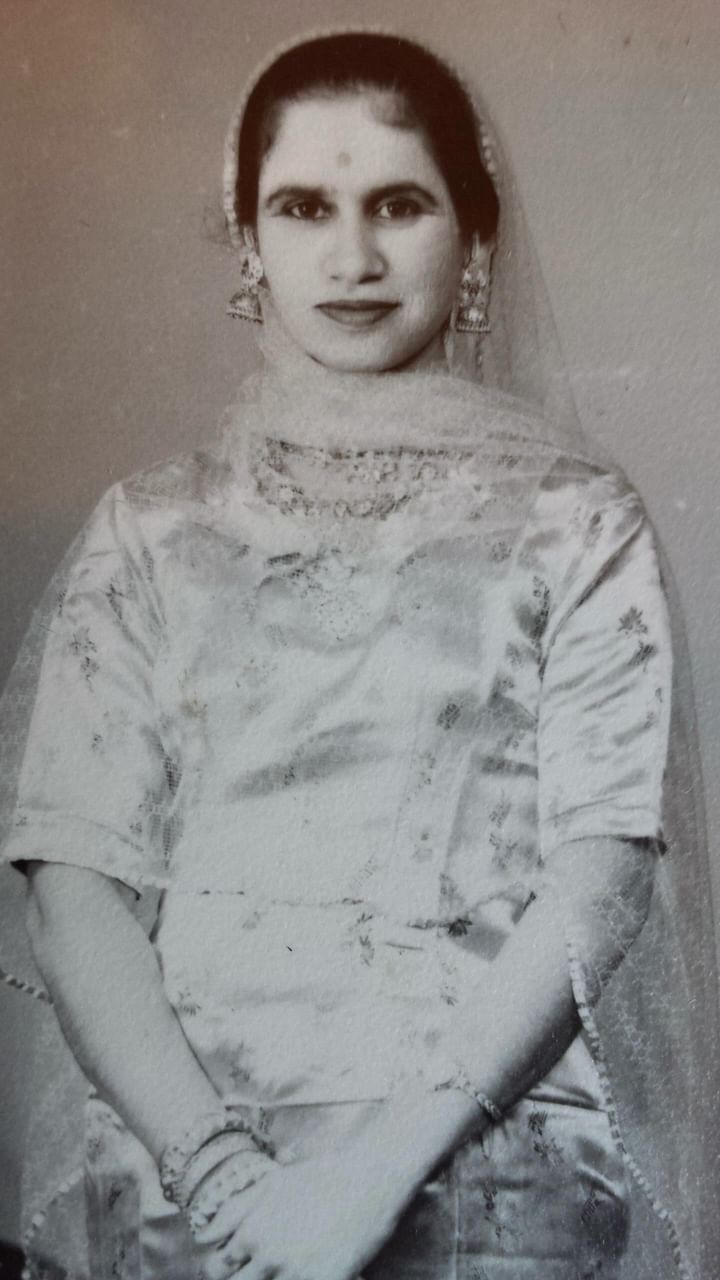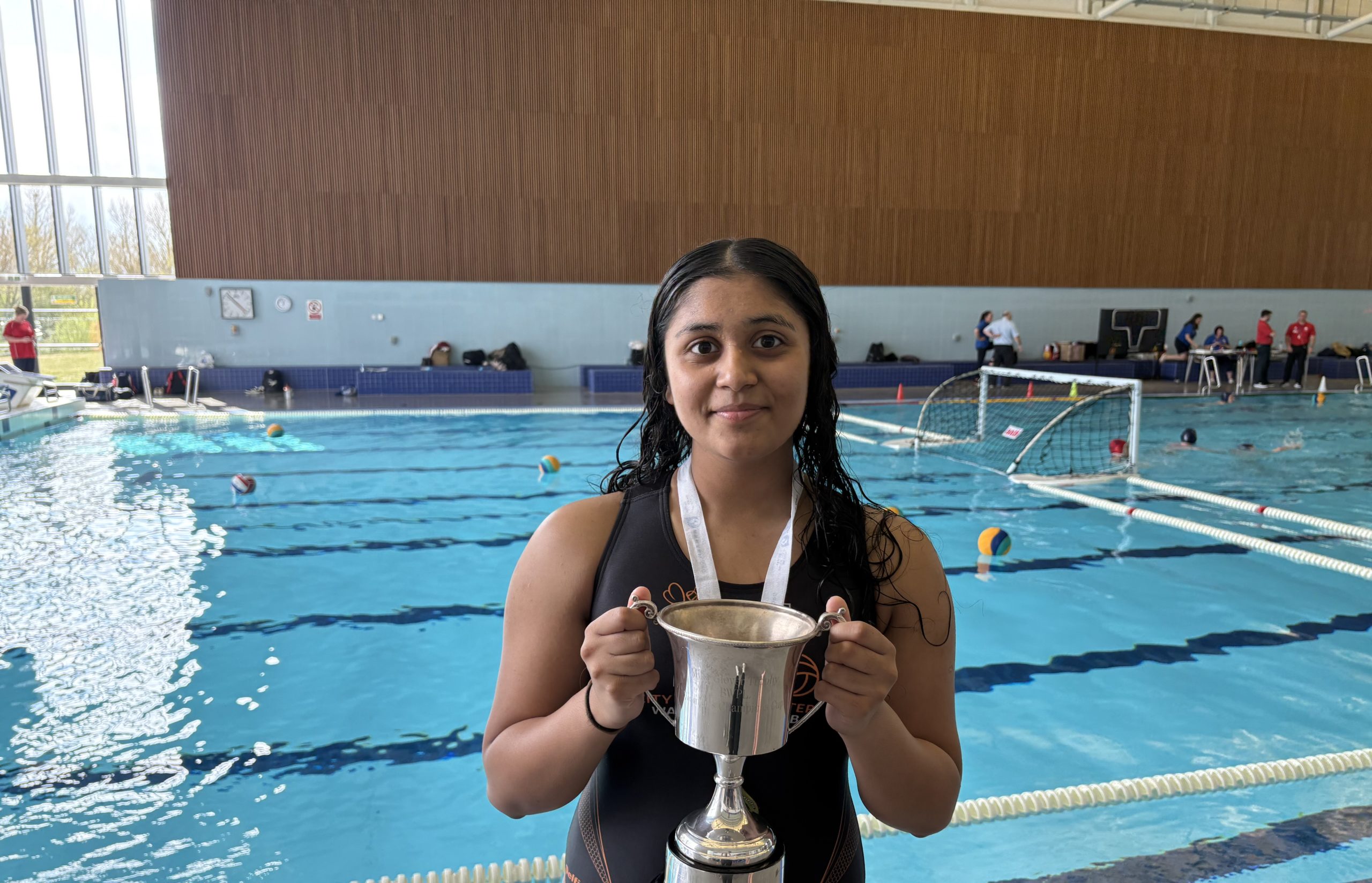Later life:
A Selfless Bravery – Rambahadur Limbu VC Action
The story of Rambahadur Limbu often focuses on his courageous actions on November 21st 1965 when his bravery led to his being awarded the Victoria Cross, the most recent Gurkha to have been so rewarded. His selfless bravery is better appreciated when placed in both the context of the man himself and of the military and political history which surrounded his actions in Borneo at that time.
Early years:
Rambahadur Limbu was born in the small village of Chyangthapu in the east of Nepal in 1939. Though its setting was a beautiful one, his early life was characterized by the deaths of many of his immediate family. Of ten siblings, only himself and two others survived to adulthood. When Rambahadur was eight years old his father also passed away, but not before having recounted stories of his own service as a Gurkha soldier during the Second World War, which left a deep impact on the young boy.
By his own account the hard work of local farming, made harder by the deaths of most of his siblings, did not sit well with Rambahadur, and he considered himself to have a restless streak. This was shown by his taking an opportunity with two young friends to make his own way to the nearest British recruiting station to join the British army as a Gurkha soldier. Though his first attempt resulted in a return to his village, at the age of 17 he obtained his elder brother’s blessing to leave and travel more widely. This period of travel led to his recruitment and on November 1st, 1957, he officially joined the 10th Princess Mary’s Own Gurkha Rifles (often known as 10GR), one of the four then-extant Gurkha infantry regiments. He arrived at Sungei Patani in Malaya in early 1958 to commence his service.
After ten months of physical and educational training Rambahadur was allocated to the 2nd Battalion of 10GR and joined the Battalion in October 1958. Though keen, by this point the long-running Malayan Emergency was almost over and so Rambahadur had fewer opportunities for jungle ambushes and actions. After two years of service Rambahadur returned to his village on ‘Long Leave’ and got married. Due to his relatively junior rank at the time, he was not allocated a position in the Battalion’s married quarters and so had to almost immediately leave behind his wife after their marriage, only becoming aware of the birth of his first son, Bhakte, many months later.
Malayan Emergency and Borneo Confrontation:
Rambahadur’s service continued and by 1963 he was promoted to the rank of Lance-Corporal. At the time the political landscape in south-east Asia was changing too, with the Malayan Emergency ending, but further hostilities flaring up in the nearby areas of Brunei and with tensions between Malaysia and Indonesia spilling over into open conflict by early 1963. By the time Rambahadur returned from his second period of leave in early 1964 he gained the opportunity to bring his wife and son with him, but again had to leave them in Battalion accommodation in Blakang Mati whilst he and his Battalion moved to the territory of Sarawak dealing with the actions of jungle-based guerrilla fighters, either those backed by the Indonesian government or latterly Indonesian soldiers themselves. By November 1965 Rambahadur was stationed in the Bau district of Sarawak, with his Company seeing much action.
By this point in what has become known as the Borneo Confrontation Indonesian military forces were clashing directly with Malaysian and British ones across the borders of the provinces of Sabah and Sarawak on the island of Borneo. Indonesia aimed to take these territories from the newly formed Malaysian state, and thus control almost the entirety of Borneo. In trying to combat raids by Indonesian soldiers, British forces continually ran into the problem of having limited ability to pursue Indonesian troops back across their border into their own territory. To do so officially risked an open declaration of war between Britain and Indonesia and would hugely escalate the conflict, in a region which was already playing host to large-scale warfare against the backdrop of the ongoing Cold War. To avoid this, approval was given in mid-1964 for the commencement of clandestine ‘Claret’ operations, whereby British forces could cross into Indonesian territory under limited circumstances to regain the initiative and to put pressure on Indonesian forces.
His Victoria Cross story:
It was in this context that 2/10GR had received orders to dominate a position about five thousand yards within Indonesian territory at Bau. The aim was to attack a strong force of Indonesian soldiers positioned on a steep hill which was only approachable by a narrow ridge. Rambahadur’s Company took the lead in accomplishing this and Rambahadur led the cautious advance, reaching the nearest enemy trench and quickly killing its sentry, gaining a firm foothold for a further attack. The rest of the enemy positions became alerted to the Gurkhas presence and began directing heavy fire onto the trench now held by Rambahadur.
Rambahadur now appreciated that he could not continue supporting his platoon from his now-compromised position and left the relative safety of the trench to reposition himself and his fire team to a better position a few yards further ahead. The deafening noise of gunfire and explosives had made communication between his group and his platoon commander almost impossible and so Rambahadur again left his position to return to his commander in person, despite the heavy fire, and report his situation.
It was at this point that the two remaining men of Rambahadur’s fire team, Riflemen Kharkabahadur Limbu and Bijuliparsad Rai, became seriously wounded. Rambahadur immediately attempted to return to his former position and rescue them, crawling for three minutes under heavy and accurate machine gun fire from at least two separate enemy machine gun posts, until he was almost able to reach the nearest wounded man.
The sheer weight of fire stopped him advancing further, and he realized that only a quick rush would allow him a chance to cover the remaining ground and reach the wounded men. He rushed forward and managed to reach the first wounded man and carried him back to safety. Without hesitation he then returned to rescue the remaining wounded soldier. Through an even heavier hail of fire Rambahadur again moved out in a series of short bursts, using what little cover was available. Eventually after almost twenty minutes he reached the second man and ran back carrying him through the continuous enemy fire.
After re-joining his section, Rambahadur returned to the attack and recovering a light machine gun which had previously been abandoned earlier in the combat, gave support for the latter stages of the assault, personally killing four more enemy soldiers as they attempted to escape.
Rambahadur’s own account of the action is self-effacing, commenting simply that he considered it to have been his lucky day when noting the extreme good fortune of his survival entirely unscathed from such a dangerous situation.
Family tragedy and Victoria Cross presentation:
Sadly, his return to Sarawak in early 1966 was marred when he discovered his wife, Tikamaya, had become gravely ill and died shortly afterwards. Deeply affected by this blow, Rambahadur came close to leaving the army, but whilst deliberating he was made aware of his having received the Victoria Cross for his actions and had been invited to Buckingham Palace to be invested with his award in person by Queen Elizabeth II.
Arriving on May 31st, 1966, Rambahadur, accompanied by his commanding officer Captain Kit Maunsell and a party of other soldiers, arrived in the UK, later joined by his son Bhakte, now 5 years old. With the award of the Victoria Cross having reduced in frequency since the Second World War and with it being the only Victoria Cross ever received by a member of 10GR Rambahadur and his party were feted across the UK, including a stay in Edinburgh Castle, before being presented with the VC By Her Majesty on July 12th, 1966.
Later life:
Upon his next return to Nepal in 1967 he remarried but suffered another setback when a large portion of his belongings, including his medals, were stolen during an overnight train journey. He later received replacement issues for all those lost including the VC, but to date the original has never been found.
Throughout the remainder of his army career Rambahadur continued to represent his Regiment in many ways. He rose to the rank of Captain (Queen’s Gurkha Officer) and was appointed to be one of the two annual Queen’s Gurkha Orderly Officers (two exceptional Gurkha Officers of the Brigade of Gurkhas chosen each year to attend upon the Monarch as required) in 1983. Upon completion of this role, he was made a Member of the Victorian Order and shortly thereafter retired from the British army in 1985. He went on to serve with the forces of the Sultan of Brunei before finally retiring to the city of Damak in eastern Nepal in 1992.
He revisited the UK many times over the course of his life and became a regular attender at meetings of the VC and GC Association, meeting with the future King Charles III on several occasions. He also was presented to Queen Elizabeth II upon her second state visit to Nepal in February 1986. In 2014 he visited the Gurkha Museum in Winchester to see the museum’s displays dedicated to Gurkha Victoria Cross recipients.
Rambahadur Limbu spent his final years residing in Nepal before passing away on 22nd April 2023.
The Gurkha Museum:
Gurkhas have loyally served this country for over 200 years. The Gurkha Museum ensures the future of Gurkha Heritage by celebrating, honouring and promoting the history and culture of the Gurkha Soldier and their continuing service to Britain.
Located in the former Peninsula Barracks in Winchester, the Museum takes you on a journey through Gurkha history, beginning with their origins in Nepal and the moment in 1815 when Gurkhas were first enlisted to fight for Britain. The extraordinary stories on display and housed in our archives cover not only the battles and campaigns but the culture and religion of the homeland of this unique fighting force.
Through its collections and archives The Gurkha Museum represents over 200 years of a unique and historic relationship, one that continues to this day, with the annual recruitment of Gurkhas from Nepal continuing to be vital for Britain’s Armed Forces.
Discover more about Gurkha Victoria Cross stories at The Gurkha Museum and online here.

The exhibition ‘Unsung Heroes of World War I’ featured historical artifacts, photos and news clippings on the Asian (Indian, Nepalese Bangladeshi – the Indian subcontinent, along with Singapore, Malaysia, Indonesian soldiers in WW1, as well as other moments in South Asian history.

As the saying goes, “Like mother, like daughter.” In the case of creative talents, this couldn’t be more true. The influence of a mother’s creativity can leave a lasting impact on her children, shaping their own artistic endeavours and passions. In this journal I explore the profound impact my mother’s creative legacy has influenced me and how Sohavi was truly born. Roots to routes explores my late mothers life journey from birth in Kenya to India as a teenager and eventually returning to Kenya in her 20’s , to marry my father Sardar Tirlochan Singh Dhamu, to emigrate to London from Nairobi in October 1973 and live out the rest of her life. Despite experiencing loss and trauma, she endured difficulties n her younger years and made the best of her life in my fathers trusting hand, he led her to a new life in London.

As an update from my last article, I can say that the past year has been both adventurous and fulfilling. I’ve faced a mix of opportunities